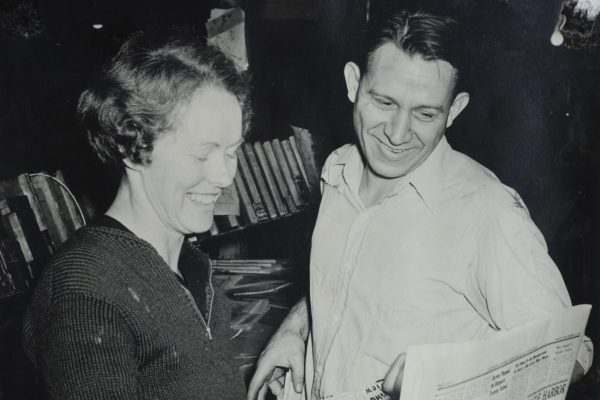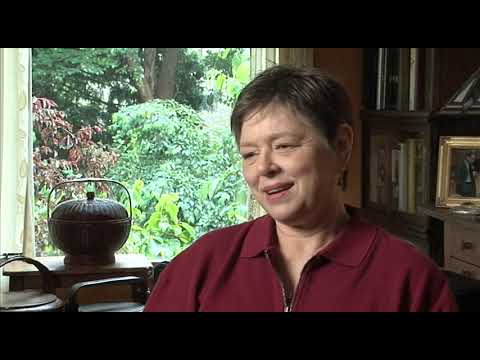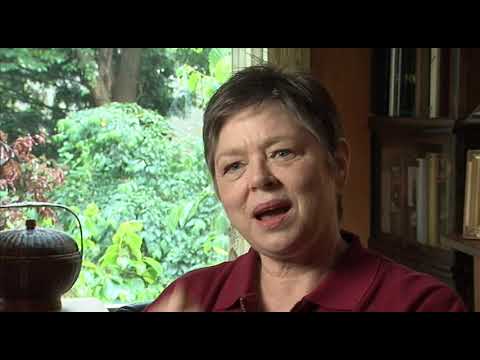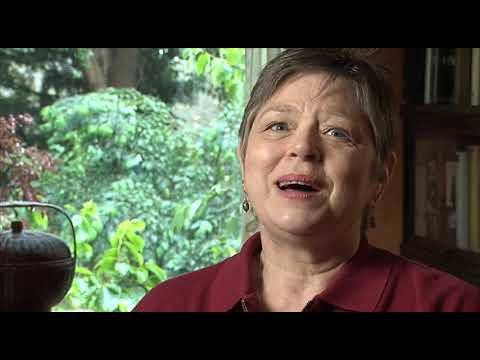Mary Woodward describes how Bainbridge Island became ethnically integrated after the lumber mills closed and what the social climate was like for the Japanese Americans prior to World War II.
Integration of BI after the lumber mills closed
Transcript
When many of the Japanese… well many of just immigrants, from Finland, and from Croatia, and from the Philippines, and all around the world came to the Port Blakely mill to work. They did have segregated areas where they lived.
The Finns lived here, and the Native Americans lived here, the Japanese lived here, The Hawaiians, lived here. They had their little groups. But when the mill finally closed, in about 1920, then people didn’t go to… ok, this is now going to be Japan town. They went all over the island. Some went to the north end of the island some went to the south end. So their neighbors were Croatians, or Finns, and not necessarily another group of Japanese.
So right from the get go, they were integrated into the community and the schools were a great source of getting to know your neighbors. By high school… mother had talked about that a lot, because she saw that and she had a very sensitive and thoughtful analysis of a lot of things that she saw. She’d say, yeah, they were friends, they did everything together at school, they worked together, there was no animosity.
They didn’t integrate socially. They would all go to the dances, but they didn’t go together. Now of course, they go together and they get married and nobody thinks of anything of it, but at that time, they were friends. But that was the distinction that she made, that there was not this social blending, but that’s the next step. But the schools were a great mixing pot.





